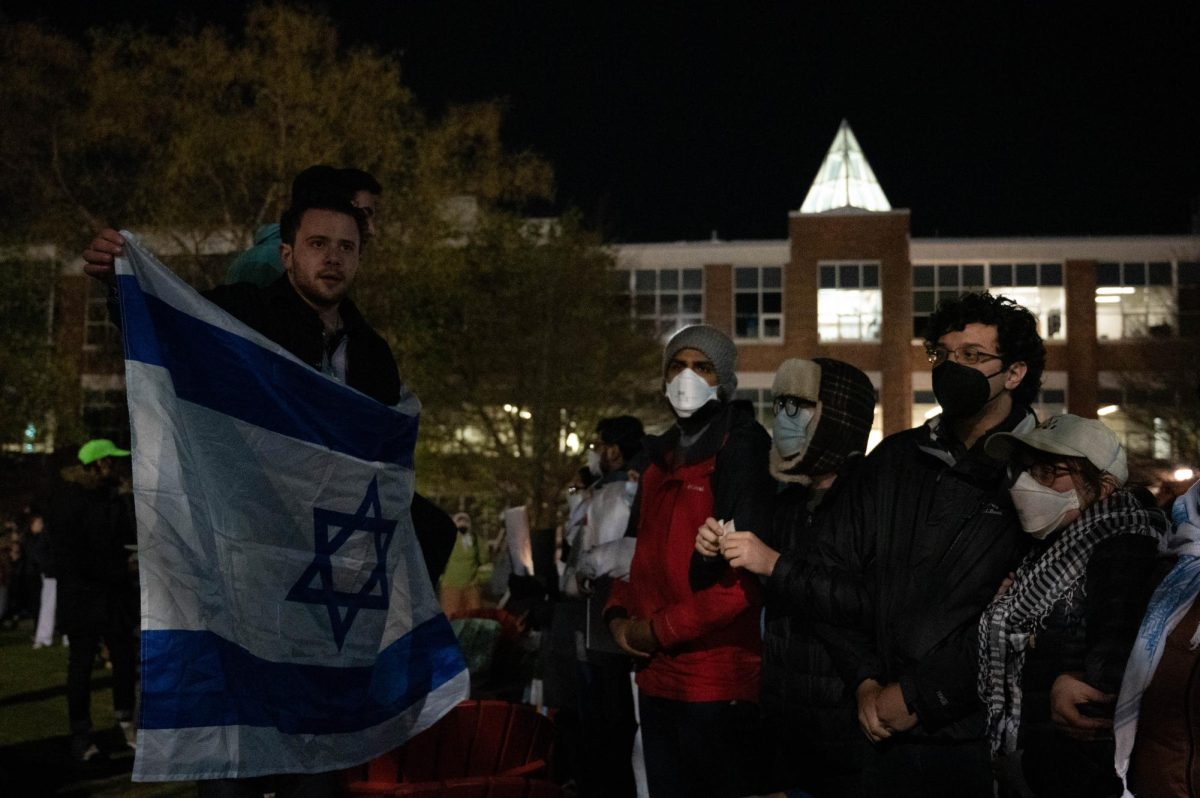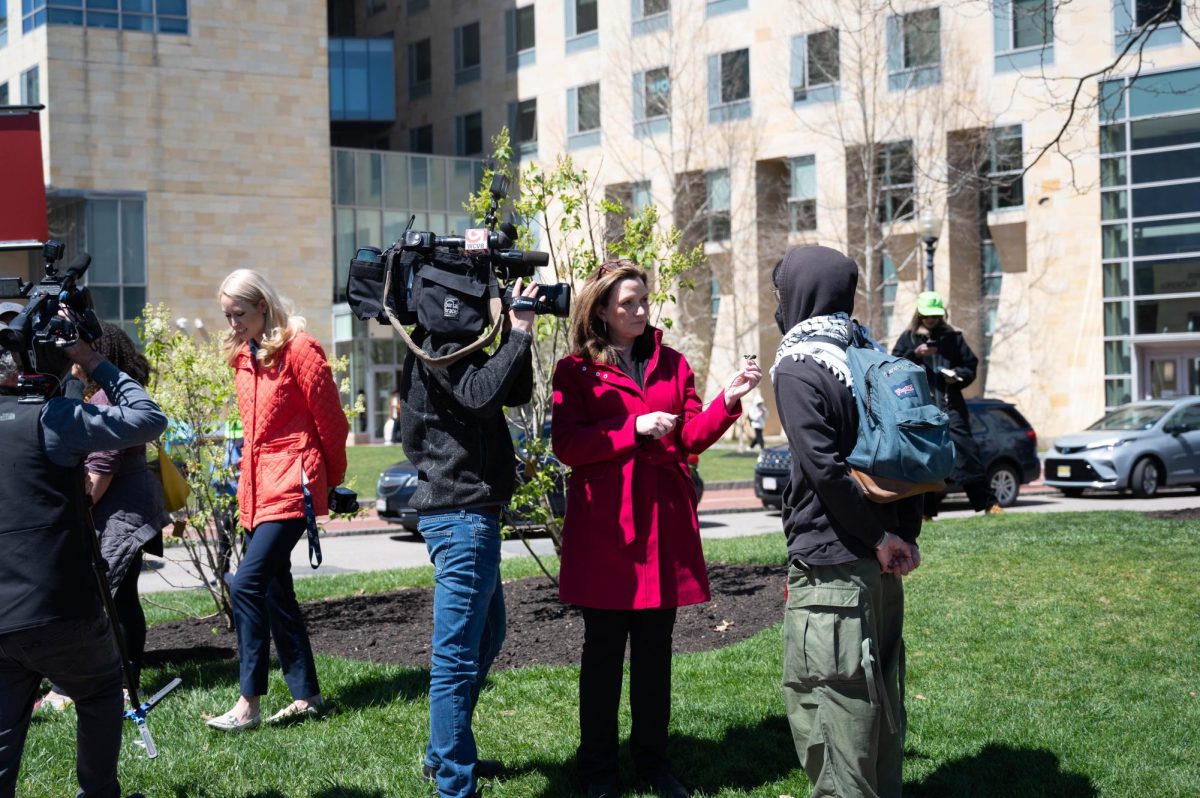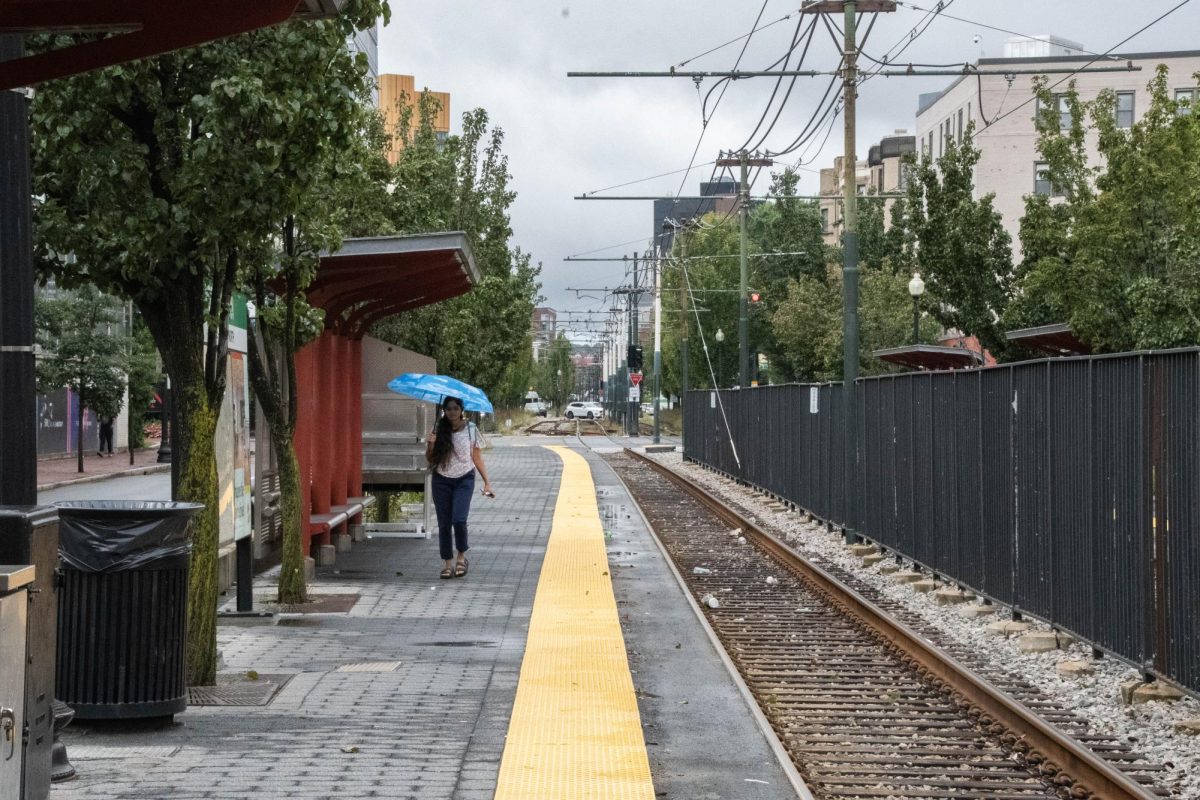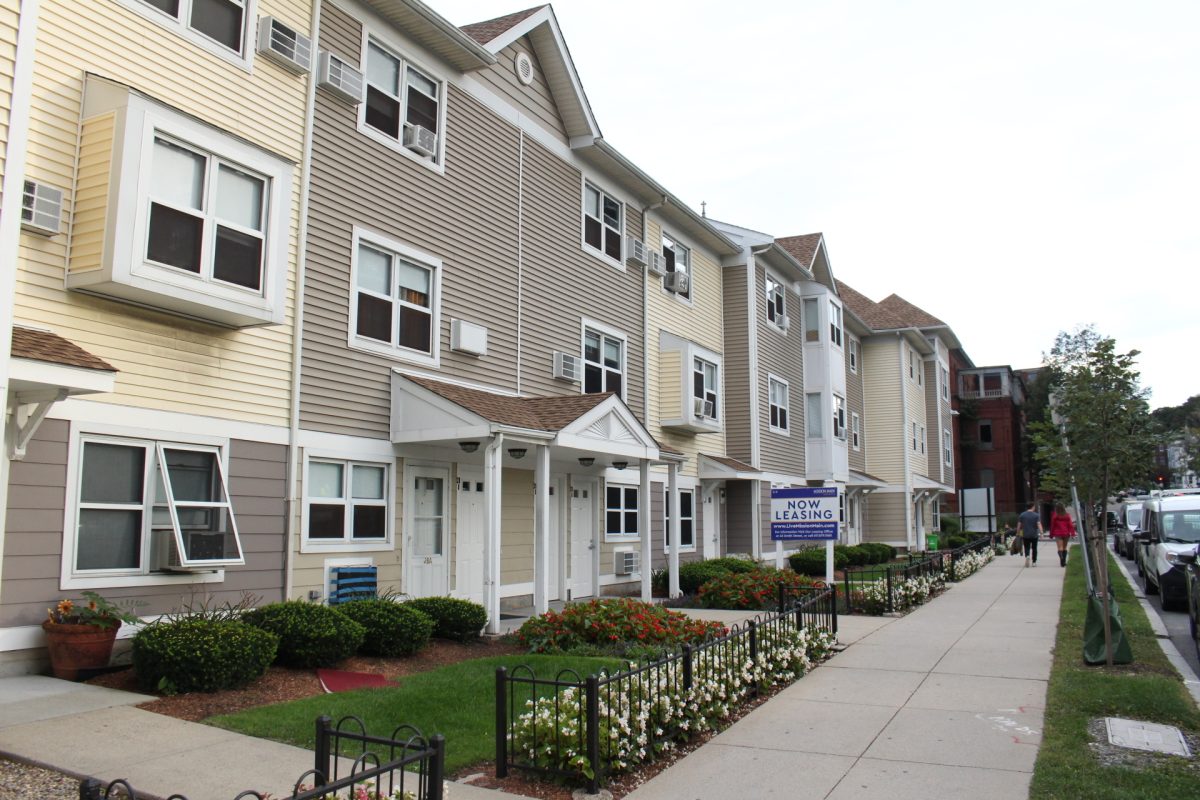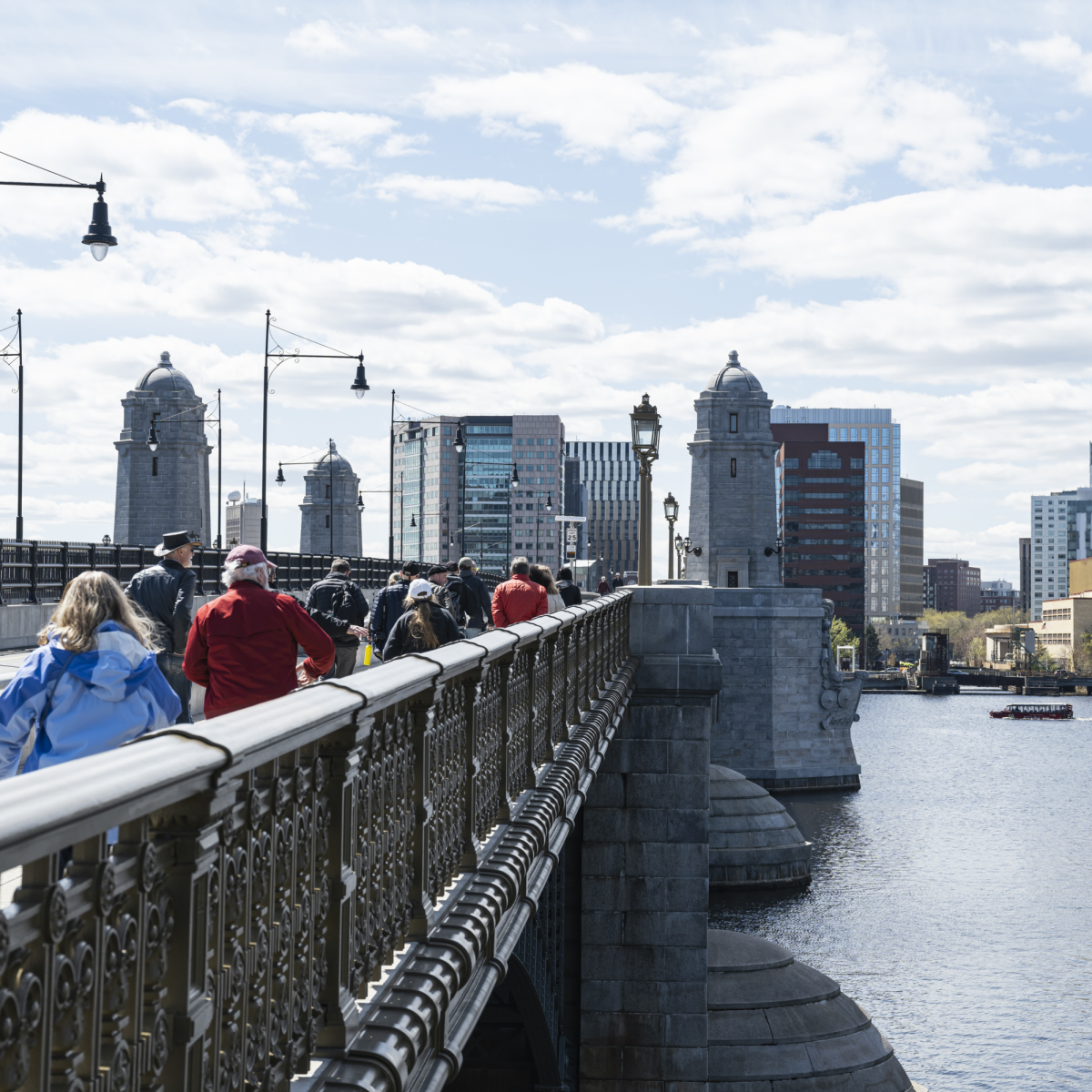When she moved to Boston nine years ago, NBC10 meteorologist Pamela Gardner figured she was leaving the tornadoes and severe weather typical for the Midwest behind her — but this summer begs to differ.
Not only has the summer of 2023 been one of the coolest and wettest on record, but it brought with it more severe weather than in previous years.
“We’ve had a lot of severe weather and it seems like every other day we have a risk of severe weather,” Gardner said. “I keep joking with our weather team saying ‘it’s like the Midwest is now in the Northeast.’ It’s been a wild summer.”
Boston’s average temperature from the start of June through mid-August this year was just over 71 degrees, almost 3 degrees lower than in 2022, and precipitation was up more than 13 inches for the Boston area, at 17.72 inches compared to 4.42 inches in 2022, according to data from the National Weather Service.
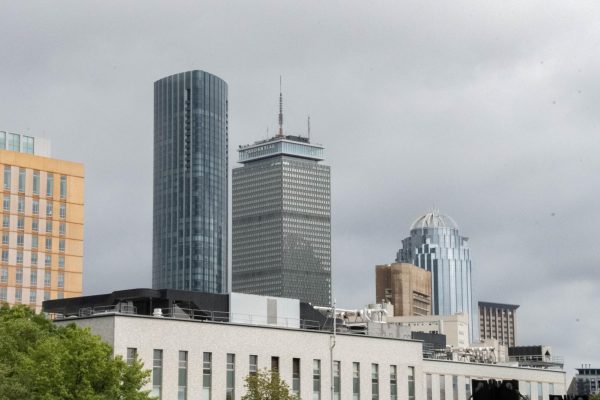
The increased level of precipitation is due in part to the higher than normal numbers of storms.
“I travel a lot and I have alerts set up for the various parts of the world that I care about. And what was interesting is normally those are other parts of the U.S. and I was starting to get them for the Boston area,” Brian Helmuth, a marine environmental sciences and public policy professor at Northeastern, said. “It did feel like a summer of extremes here.”
Bostonians can thank the North Atlantic Oscillation, a weather pattern that usually brings nor’easters and heavy snowfall to Boston, for the severe weather this summer.
“The North Atlantic Oscillation is actually negative and we’ve been that way since the middle of June. What it means is we get a very stormy weather pattern, lots of precipitation and cooler than average [temperatures],” Gardner said. “It’s weird that it’s set up in the middle of June. This is something that usually shows up in the winter.”
Because of the increased frequency of severe weather events, some of the risks that come with them are elevated, like the chance of flash flooding, Gardner said. The ground is already saturated from previous storms, so flooding is more likely.
“A lot of cities and towns are trying to figure out how to make sure the water goes where they want it to go,” Gardner said. “When it comes down to it, with all these frequent, high rainfall amount storms that move through, we’re bound to get more and more flash flooding, unfortunately.”
People who live in the heart of the city can be hit hard by flooding, Gardner said, especially as the storm drains reach their capacities. Many cities are facing storm drain issues that can lead to water contamination and the closure of beaches, said Loretta Fernandez, an associate professor of civil and environmental engineering and marine and environmental science at Northeastern.

“When Boston was built … the sanitary sewer, which is what takes wastewater away from homes and businesses, was the same pipe that was used to carry stormwater … or [the two pipes] were built near each other so that during a storm, if the storm drains were overwhelmed by all this water coming in on the roads, they would combine with the sewer water and they’d all go down the same pipe,” Fernandez said.
This has the potential to overwhelm water treatment plants, Fernandez said. Most systems were built with an overflow valve that, when triggered, would drain all the water, including the sewage, off into a river or the ocean. This happened this summer a little more than 10 miles from Boston in Lynn, when sewage overflowed into Lynn Harbor and King’s Beach during an August rainstorm.
“It was closed much of the summer because of all this runoff that was carrying E. Coli from land, but then there was this combined sewer overflow and that means that the beach now has to be closed for even longer,” Fernandez said.
Beyond elevated precipitation, Massachusetts has also faced severe weather like tornadoes, which have been spotted seven times in the state this summer, Gardner said. While tornadoes may be more common, the systems used to detect them are also more advanced now, Gardner said.
“Over the last even 10 years, the detection of rotation in a storm has gotten amazing. But it’s 50/50 whether or not it’s going to hit the ground,” Gardner said.
As climate change progresses, Boston is likely to continue to see its effects first hand. While specific events, like a recent tornado in Weymouth, can’t be directly tied to climate change, experts can see that there are different factors at play that are contributing to more rainstorms in the Northeast, Gardner said. The changes to our overall climate, which is defined as a 30 year average of weather, are affecting more than just the Massachusetts area, Helmuth said.
“We are seeing water temperatures that we’ve never experienced before. We are seeing large scale die-offs of animals like mussels that we suspect are at least partially related to changing temperatures,” Helmuth, who studies coastal ecosystems, said.
The Gulf of Maine, for example, is warming faster than 95% of large bodies of water on Earth, Helmuth said.
“People are definitely being impacted, both directly and indirectly. You see it with the incidence of extreme weather events, like heat waves, where there are all sorts of health issues related to heat exposure, but also indirect effects,” Helmuth said. “Any fishery species is going to be temperature sensitive, and so the location of where fisheries are able to get fish, how many there are out there — all affect market price and availability.”
As a coastal city, Boston also has to contend with rising sea levels, Fernandez said. Coastal cities often have infrastructure that is below the water table, like subway systems, that are prone to flooding.
“Our water treatment plant is essentially on a sandy island. Is that wastewater treatment plant able to deal with sea level rise? Or energetic storms? These are all things that have to be planned for,” Fernandez said.
While large-scale change is needed to address many of the things at risk from climate change, that can’t be done without acknowledging the interconnectedness of society and the environment, Helmuth said.
“There’s this push towards systems-thinking that takes a socioeconomic systems approach,” Helmuth said “Rather than looking at the physics of climate change or ecology independent of humans, it’s looking at those in a really integrated context where you realize that anything humans do impacts the environment, but the environment impacts humans.”
Addressing climate change is often done through resilience plans, in which different hazards and threats are identified and then plans are put in place to mitigate those effects. David Sittenfeld, the director of the Center for the Environment at Boston’s Museum of Science, pointed to community science as a tool to help develop effective mitigation strategies.
“We try to engage and work with community partners and people living and working in these areas to help us understand vulnerabilities through participatory science,” Sittenfeld, who received his PhD in law and public policy from Northeastern in 2022, said. “People know their neighborhood. They know which areas often flood during a high tide and they know where extreme precipitation events are going to affect vulnerable locations or populations. They know which areas of the city become hottest because they live through that.”
At a city-wide level in Boston, climate change is being addressed in part through Climate Ready Boston, the city’s initiative to prepare for the effects of climate change. Launched in 2016 with a 306-page report, the initiative tracks progress on a number of targeted areas, including heat and coastal resilience.
“Each of these possible resilience plans comes with ethical and societal trade-offs. It’s important that everybody has a right not only to help inform resilience planning, … but also it’s really important that these folks had a chance to weigh in on what proposed resilience strategies can mean for them,” Sittenfeld said. “What does it mean for a community, for example, to put in a seawall or to consider what it might mean to transform an area through changing the electrical grid? … Each of these decisions is intended to do good for the community, but it’s going to manifest itself on different people in different ways.”
While planning for the effects of climate change is underway, just like how no one can fully predict the weather, no one can predict the effects climate change will have in any given place. What does seem likely, Gardner said, is that Boston will continue to see some unusual weather.
“El Niño has developed in the Pacific and it’s forecasted to be pretty strong this fall and winter, so that would mean a more active winter for us here in the Northeast as well,” Gardner said. “I think the weird weather is going to continue, and we’re going to see more and more extremes too as we go down the line, unfortunately.”


